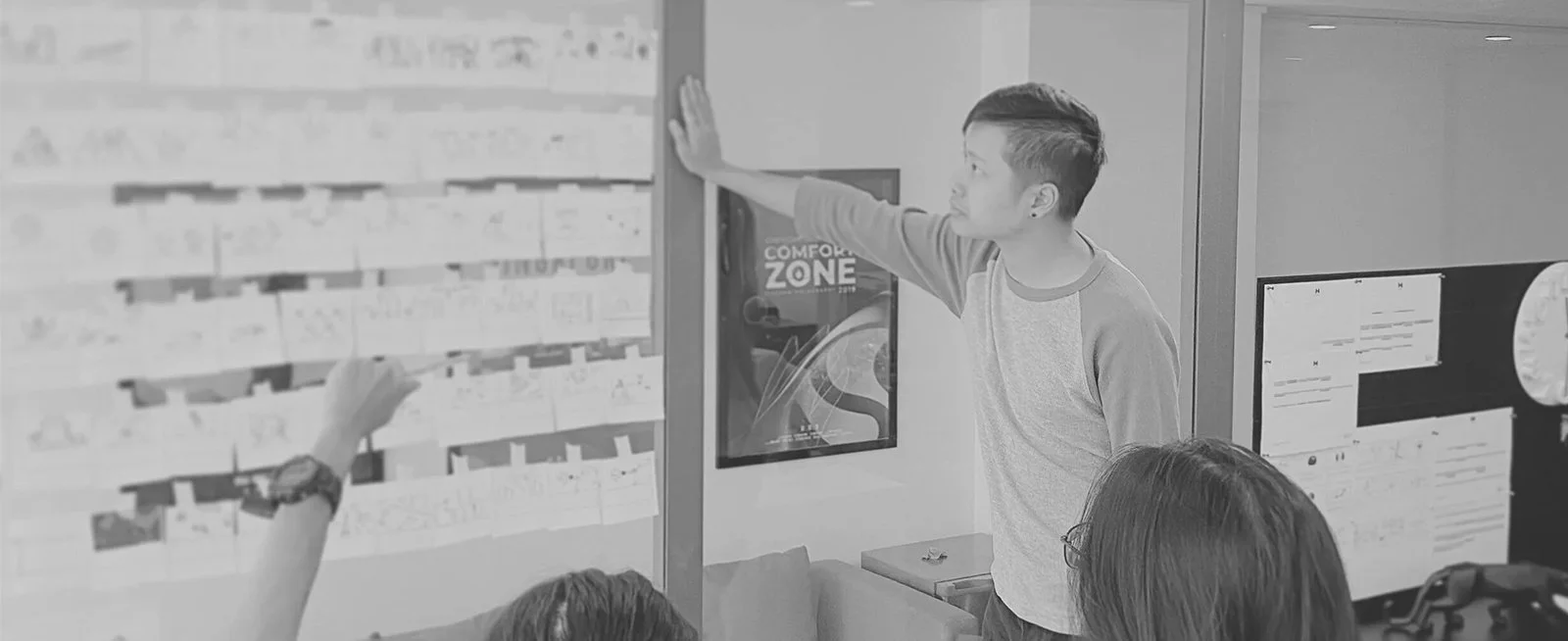The Future of Post Production: Trends to Watch in 2025
How AI and the Cloud Are Reshaping the Editing Room
The future of post-production in 2025 is being actively reshaped by two powerful forces: artificial intelligence and cloud computing. These technologies are fundamentally changing workflows, making them more intelligent, collaborative, and decentralized than ever before. The key trends to watch are the deep integration of AI to automate complex tasks, the universal shift to cloud-based platforms that allow for seamless remote collaboration, and the growing influence of virtual production, which is blurring the traditional lines between filming and post-production. This evolution is transforming how stories are told, polished, and delivered to audiences worldwide.
For years, the post-production process was a fairly linear, location-dependent task. It involved shipping hard drives, working in specific editing suites, and sending files back and forth for review. It worked, but it was slow and clunky. Now, in 2025, that model feels like a relic from a bygone era. We're in the midst of a massive shift, one where the physical location of an editor or artist matters less than their talent and their connection to a centralized, intelligent system. Think of it less like a factory assembly line and more like a dynamic, interconnected web of creativity, accessible from anywhere.
Key Trends Defining the New Era
Trend #1: AI is Now Your Most Productive Assistant
Artificial intelligence in post-production has moved far beyond simple novelty features. It has become an indispensable assistant that handles the time-consuming, repetitive tasks, freeing up human creatives to focus on what they do best: storytelling. It's like having a super-powered intern who can perform complex tasks in seconds, allowing the senior team to concentrate on the bigger picture.
Moving Beyond Tedious Tasks to Creative Freedom
Remember the hours spent manually rotoscoping a subject out of a background or transcribing a long interview? AI-powered tools now handle these jobs with remarkable accuracy and speed. An editor can isolate a subject from a complex scene with a few clicks, automatically generate subtitles from audio, or even perform sophisticated audio repair to remove background noise. This isn't about replacing the editor; it's about augmenting their abilities and giving them back their most valuable resource: time. This efficiency extends to more complex creative tasks as well. AI can now intelligently reframe a 16:9 video for vertical platforms like TikTok or Instagram, automatically keeping the main subject in the frame. It can remove unwanted objects from a shot, such as a stray coffee cup or a piece of equipment, and convincingly fill in the background. These tools dramatically speed up the revision process and make content versioning for different platforms a much simpler affair.
The New Frontier: Generative AI in Visual Effects
The most significant leap forward is in generative AI. Artists can now use text prompts to create visual assets, from background textures to complex 3D models. Need to extend a landscape because the shot was too tight? Generative AI can analyze the existing pixels and create a realistic extension. This technology is becoming a powerful tool for visual effects (VFX), allowing for the rapid creation of digital environments and assets that would have previously required massive teams and render farms.
Trend #2: The Cloud is the New Central Hub
The idea of cloud-based editing isn't new, but in 2025, it has reached a level of maturity and adoption that makes it the new standard. The cloud is no longer just a place to store files; it has become the virtual workspace where entire projects live and breathe, from initial ingest to final delivery.
Unlocking Genuine Remote Collaboration
Cloud-based platforms allow multiple team members to work on the same project simultaneously, regardless of their physical location. An editor in Singapore can be cutting a sequence while a colorist in London is grading it, and the director in New York can be leaving time-stamped comments—all within the same project file in real-time. This eliminates the nightmare of managing multiple project versions and allows for a fluid, collaborative workflow that was once impossible. It democratizes talent, allowing companies to hire the best person for the job, not just the one who lives closest to the office. A truly modern post production service is now defined by its cloud infrastructure. It’s not just about using Dropbox to send files. It's about leveraging platforms that handle proxy generation, collaborative editing tools, and secure client review portals all in one place. These services provide the backbone for the new way of working, ensuring that massive 4K or 8K video files can be accessed and manipulated efficiently from anywhere with a decent internet connection. Security, version control, and accessibility are the pillars of this new model.
Trend #3: Virtual Production Blurs the Lines
Virtual production, which uses technologies like LED walls and real-time game engines (think Unreal Engine), has been a game-changer for filming. However, its biggest impact might be on the post-production process itself, primarily by reducing the amount of work needed after the shoot. By getting complex visual effects right “in-camera,” a huge chunk of what used to be post-production work—like green screen keying and compositing—is now done during production. The result is that the footage arriving in the edit suite is much closer to the final product, saving immense amounts of time and money in post.
Trend #4: Hyper-Personalization at Scale
Audiences now expect content that feels tailored to them. In 2025, AI is enabling brands to create personalized video content at scale. A single master advertisement can be automatically rendered into dozens of variations—different aspect ratios for social media, different calls-to-action for reaching diverse audiences across Southeast Asia, or even different product shots for specific demographic targets. A post production service can set up templates and use AI to generate these versions automatically, a task that would have been prohibitively expensive and time-consuming to do manually.
How the Modern Studio is Evolving
With all these technological shifts, what does a post production studio in Singapore even look like in 2025? The focus has shifted from physical rooms filled with expensive hardware to a more flexible, technology-forward model. Studios are now defined by their infrastructure, their talent pool, and their mastery of these new workflows. The modern studio invests heavily in secure, high-speed cloud infrastructure and custom AI models. More importantly, they invest in talent that is adaptable and skilled in these new technologies. An editor is now also expected to be comfortable in a collaborative cloud environment, and a VFX artist might need skills in game engines. The studio's role is to be the central hub that brings together this distributed network of specialized talent and provides them with the cutting-edge tools they need to succeed.
Conclusion: Embrace the Future of Post-Production
The future of post-production is undeniably exciting. The trends we're seeing in 2025 are not just about making things faster or cheaper; they're about breaking down old barriers and empowering creativity. AI is handling the grunt work so artists can focus on the story, the cloud is connecting talent from across the globe, and new production techniques are merging worlds in real-time. This intelligent and collaborative approach is the new standard, leading to more dynamic, engaging, and impactful video content than ever before.
Ready to harness these future-forward tools for your brand? Contact our post-production team today to discuss how we can bring an intelligent and collaborative workflow to your next project.












































